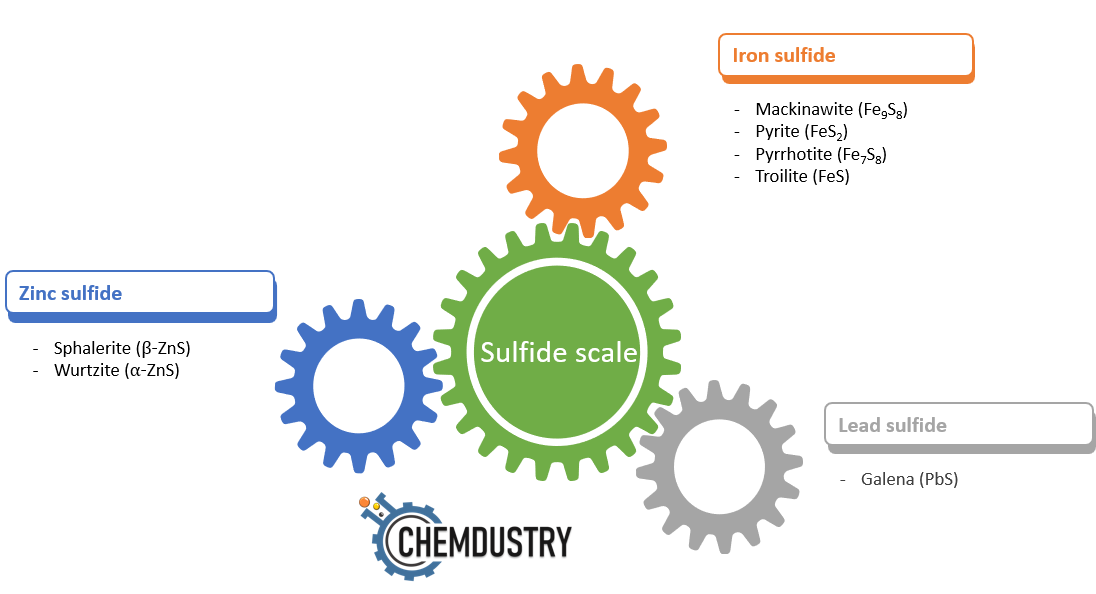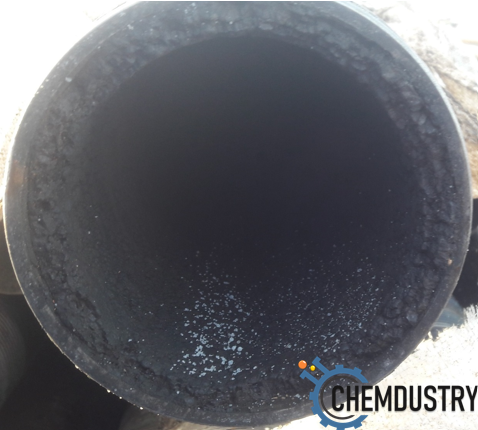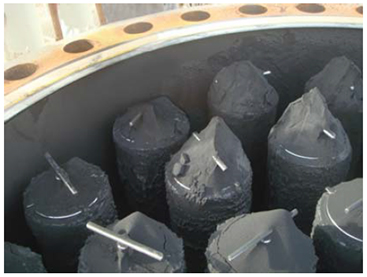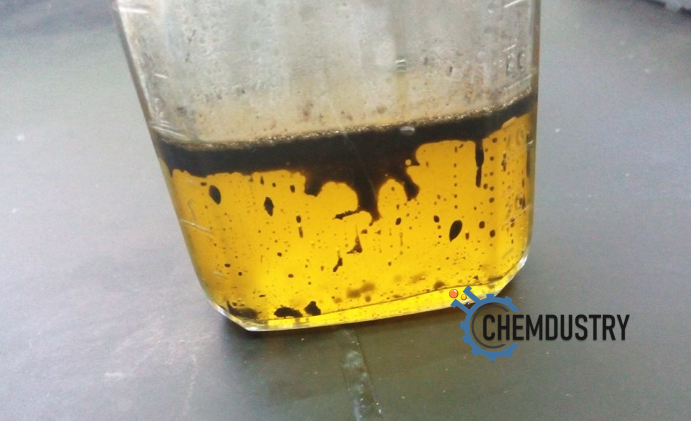12 September 2024 | By Abdullah Hussein
Different types of sulfide scale usually form in oil and gas production systems. These sulfide scales are known for their complicated nature and damaging impacts. Common sulfide scale compounds include iron sulfide, zinc sulfide, and lead sulfide, along with their various phases and polymorphs (Fig.1).

Fig. 1: Examples of sulfide scales that usually found in oil and gas fields.
These scales can cause severe damages to the production system, including :
- Flow restrictions and blockages (Fig. 2)

Fig.2: Example of sulfide scaling in a production tubing
- Corrosion problems : they can accelerate corrosion kinetics, induce under deposit corrosion (UDC), and cause other localized corrosion damages.
- Phase separation problems: sulfide scale particles are known to stabilize emulsions due to their very fine size and wettability, as they tend to migrate to the O/W interface and stabilize emulsions.
- HSE problems: pyrophoric iron sulfide scale can auto-ignite when exposed to air.
- Problems during removal: these scales are commonly removed using acids, which results in the generation of H2S and corrosion issues (due to both acid and H2S impacts), not to mention that some treatments turn out to be unsuccessful due to the age, thickness, and complexity of the problem.
- They are complex compounds: we are talking about 9 types of iron sulfides with different Fe/S ratios.
- Their risk assessment entails a lot of factors : water chemistry, acid gases concentration/partial pressure, bacterial activity, and others. Thus, prediction calculations are not always precise, due to the complex factors that affect their formation. However, some new prediction models are coming with good results.
Sulfide scale risk assessment :
This essentially entails gathering data about fluids chemistry and acid gases concentration in the water and in the gas phase to calculate the potential of sulfide scale formation using scale prediction software. Besides, bacterial activity is crucial to assess their levels of presence and contribution to the problem. Also, corrosion data and other system's current and historical data are mandatory.
Sulfide scale prevention methods
- Scale inhibitors
Different kinds of scale inhibitors have shown good inhibitory effects of sulfide scales. In complex cases, two products might be formulated to get good results, especially if other types of scales (sulfate scale) are co-precipitating with the sulfide scale.
- Dispersants
These chemicals are used to disperse sulfide scale particles to prevent them from accumulating on the pipe wall.
- Internal coatings
Like dispersants, these are used to prevent sulfide scale accumulation on the pipe wall.
- H2S scavengers
These chemicals are used to control the high H2S concentrations in the produced fluids, thus preventing sour corrosion and also sulfide scaling.
- Biocides
These are used to control the bacterial activity, e.g., SRB, which decreases H2S generation, and sulfide scaling as a result.
- Filtration systems.
These filters (Fig.3) are added to gas systems to prevent the accumulation of fine particles such as black powder (a mix of iron oxides and iron sulfides).

Fig.3: Filtrations system with black powder accumulations (photo courtesy pall.com)
- Other non-chemical methods
Sulfide scale removal methods :
Acids:
Pros : fast acting , cheap, efficient.
Cons : H2S generation, corrosive, secondary precipitation, multiple additives are required (corrosion inhibitors, Fe-sequestrants, etc.) , may not dissolve some sulfide types such as pyrite.
Chelating agents:
Pros : cheap, safe (noncorrosive), efficient if the right formulation and enough soaking time are given.
Cons: slow acting, can’t dissolve some types.
Biocides: (THPS, acrolein, KmnO4, etc).
Pros: very efficient (if formulated properly) , fair price, generate less or no H2S.
Cons: require enough soaking time, some of them require High temperature, corrosive , some of them are expensive.

Fig.4: Sulfide scale dissolution using THPS biocide.
Oxidizers :
Pros : efficient, no H2S generation, some are noncorrosive.
Cons : some are corrosive, expensive.
Polymeric dissolvers:
Pros: very efficient, safe, no H2S,
Cons: expensive
Reference :
- Hussein (2023), Essentials of Flow Assurance Solids in Oil and Gas Operations, Elsevier
Sulfide Scale Management